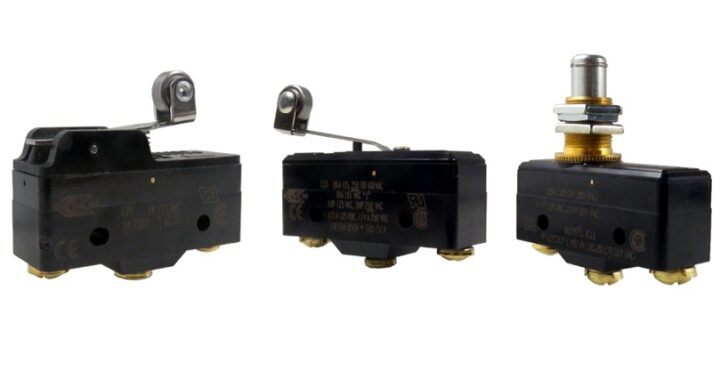Working Principle of a Fuse: An Introduction

A fuse is a safety device that is designed to protect electrical devices and circuits from damage caused by overcurrent or short circuits. It works by interrupting the flow of electrical current when it exceeds a certain level, preventing further damage and potentially saving lives. In this article, we will explain the working principle of a fuse and how it functions to keep us safe.
How Does a Fuse Work?
Fuse operation is based on the melting temperature of a wire or other metal element. As the current increases, the fuse element heats up and when the rated current is exceeded, the element reaches its melting temperature and opens, thus removing power from the circuit.
For example, a 20 A fuse or circuit breaker will open a circuit when the current exceeds 20 A. They are commercially available with different time-current characteristics because various types of equipment have different time-current start and damage characteristic curves.
Fuses have been produced for over 100 years and there is now an extremely large number in use throughout the world. They perform the vital duty of protecting equipment and electrical networks and ensure that the effects of faults, which inevitably occur, are limited and that the continuity of supply to consumers is maintained at a high level.
Not only electrical engineers, but nearly all members of the public are aware of the existence of fuses and the general impression is that they are simple devices in all respects. While it is true that their construction is not complex, their behavior is somewhat more complex than generally realized. Therefore, it is very important to know the working principle of a fuse.
Fuses protect devices and systems against overcurrent and short circuits by having a melting fuse element interrupt the current flow when a certain current intensity is exceeded.
Construction of a Fuse
Fuses consist of two contacts on an insulation body that are connected to a fusible conductor, the fuse element. The fuse element is surrounded by air or silica sand and has constrictions that act like pre-machined breaking points. These areas heat up faster when current flows and are dimensioned in such a way that they melt in case of overcurrent and thus interrupt the circuit.

At short-circuit currents (very high overcurrents), the constrictions evaporate explosively. The silica sand inside the fuse cools the arc that occurs so that the peak value of the prospective short-circuit current is not reached if the fuse is correctly designed.
Melting fuses thus have a current-limiting effect that surpasses all other overcurrent protection devices. This reduces direct and indirect damage caused by heat effects as well as the danger to persons when working under voltage.
If overloads (relatively small overcurrents) are to be disconnected, a material with a low melting point, such as tin or tin alloys, is applied as solder-forming flux at the constrictions.
The solder that melts on overload reacts with the fuse element material and dissolves the constrictions (M effect). This shifts the time/current characteristic, which makes it possible to switch off the overload current without undue heating. Once the constriction is melted through, an arc is formed which is cooled by the melting silica sand inside the fuse. This creates a characteristic “fusing bead”, a non-conductive sintered body of fuse element metal, solder, and silica. Based on the shape of this bead, it is possible to reconstruct the current intensity that caused the fuse to trip.
Special fuses with an appropriate characteristic have been developed to protect equipment that is used regularly. Characteristics for cables, electrical motor circuits, and semiconductor components have been standardized globally.
Time/current characteristics determine the application area of a fuse by showing the time period after which a fuse will blow. In contrast to other overcurrent protection devices, melting fuses do not have a fixed tripping current at which the protective effect begins. The decisive factor is the melting time of the fuse element, which in turn depends on the level of the overcurrent.
When the protective effect occurs and the fuse trips can be determined as a function of the respective overcurrent on the basis of the time/current characteristic.
In the example below, the fuse would blow after 0.5 sec. at a current flow of 400 A.


 Types of Timer Relays and Their Applications
Types of Timer Relays and Their Applications  Relay Applications: Real-Life And Industrial Examples
Relay Applications: Real-Life And Industrial Examples  Types of Micro Switches and Their Applications
Types of Micro Switches and Their Applications  Best Voltage Testers for Home Use: 2023 Edition
Best Voltage Testers for Home Use: 2023 Edition  Advantages of Transducers for Optimal Measurement
Advantages of Transducers for Optimal Measurement  Advantages of Infrared Sensors: Improved Accuracy and More
Advantages of Infrared Sensors: Improved Accuracy and More